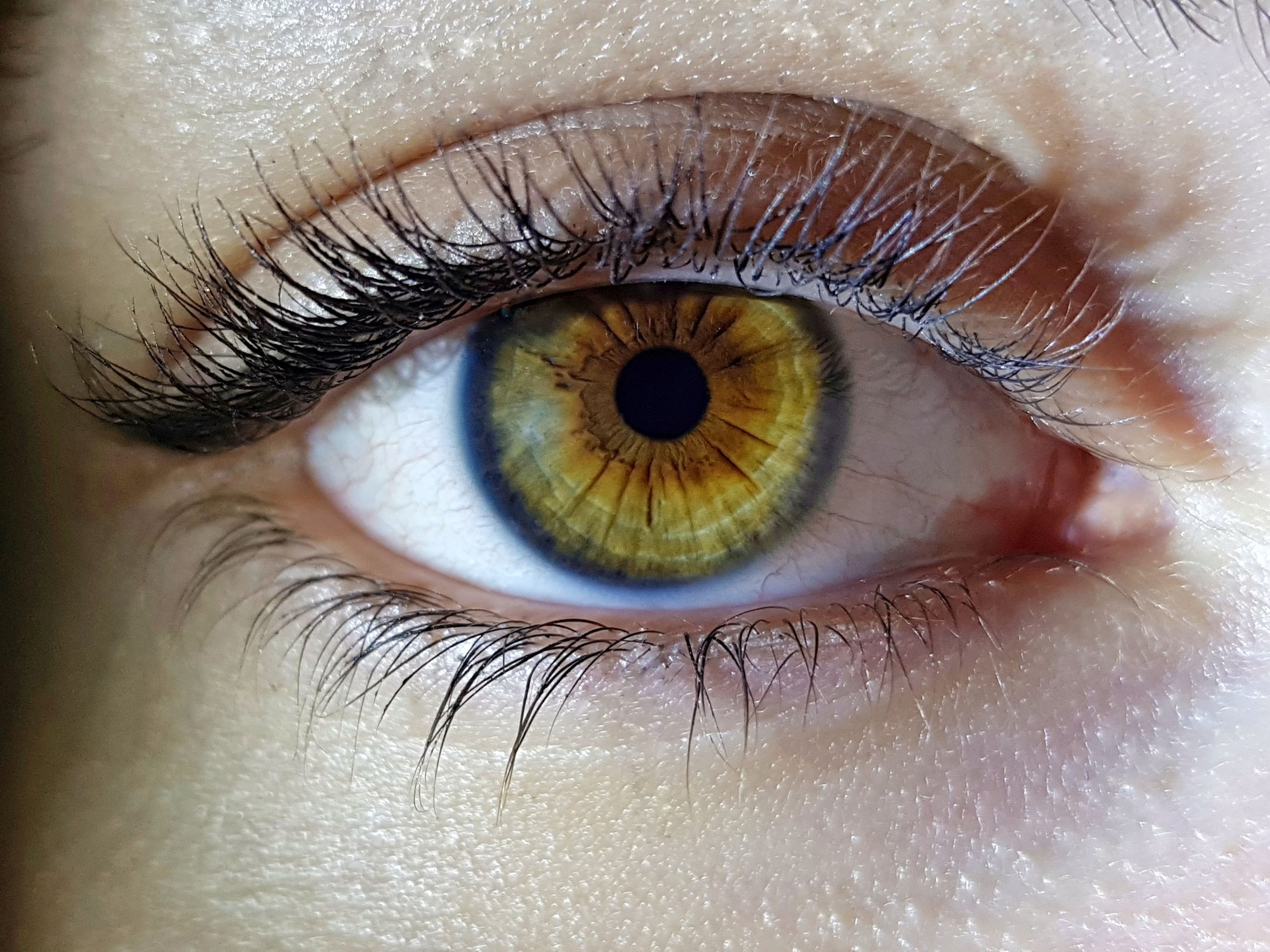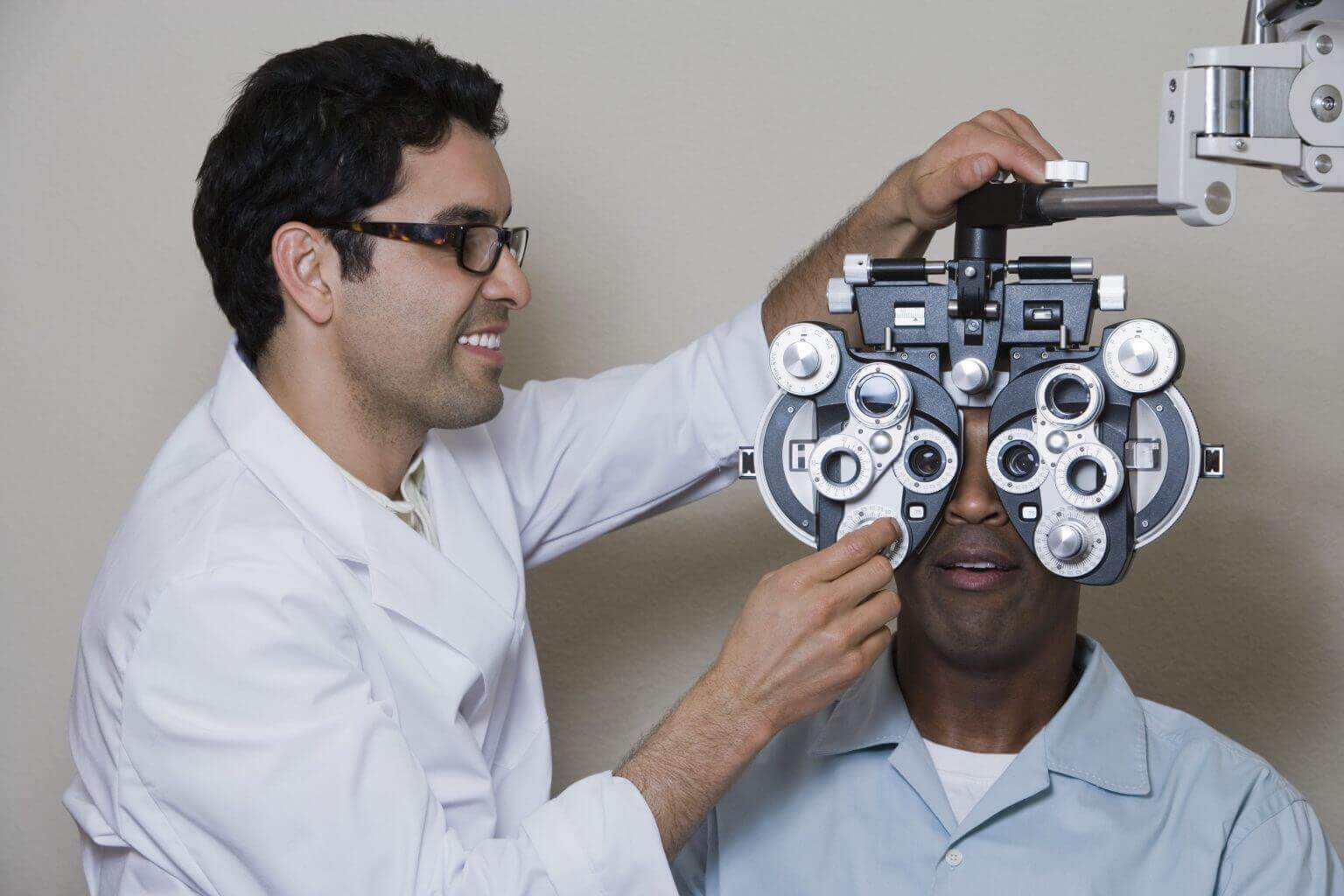There are many eye diseases that cause blindness, and they’re often preventable or treatable if caught early enough. Knowing how to prevent it is key. Learn more about the different types of blindness, as well as their treatment, prevention, and prognosis. Macular degeneration, stroke, cataract, glaucoma, infection, and trauma are just a few of the causes of blindness that will be discussed.
Understanding the term blindness
The state of not being able to see is known as blindness. A person who is blind is unable to see. The term “blindness” refers to a person’s inability to differentiate blackness from bright light in either eye in a strict sense. In current society, the labels blind and blindness have been expanded to encompass a wide range of visual impairments. Blindness is a term that is commonly used nowadays to indicate a significant visual loss in one or both eyes with some residual eyesight.
Vision impairment, often known as low vision occurs when a person’s vision is impaired despite the use of eyeglasses, contact lenses, medicine, or surgery. Mild to severe vision impairment is possible. Between 300 million and 400 million people worldwide are visually impaired owing to a variety of factors. About 50 million persons in this group are completely blind. People over the age of 50 account for about 80% of all blindness cases.
Legal blindness is defined by legislators in states in order to either limit what those who are “legally blind” are allowed to do, such as driving or to provide preferential governmental benefits, such as educational services or monetary aid, to those individuals. The term isn’t really a medical condition.
The United States Congress defined legal blindness in the Aid to the Blind program of the Social Security Act of 1935 as either central visual acuity of 20/200 or less in the better eye with corrective glasses, or central visual acuity of more than 20/200 if there is a visual field defect in which the peripheral field is contracted to such an extent that the widest diameter of the visual field is contracted. If the other eye is normal or near-normal, blindness in one eye is never considered legal blindness.
For the purposes of this article, blindness shall be defined as a range of visual loss ranging from little vision loss to a complete lack of light perception.
Causes, Types, and Treatments of Blindness
Retinal diseases that can cause blindness
The retina is a light-sensitive layer of tissue at the rear of your eye that delivers images to your brain. The macula is straight back and in the center of the retina. The macula is responsible for providing sharp, center vision, which is required for reading, driving, and seeing fine detail. To have a clear vision you must have a healthy macula and retina. This important tissue can be affected by some retinal disorders. Retinal diseases and abnormalities can impair your eyesight, and some can even result in blindness.
Age-related macular degeneration (AMD) can cause blindness
Age-related macular degeneration (AMD) damages the center vision provided by the macula, it can result in blindness (the specialized central part of the retina). AMD is the most common eye disease that can eventually cause blindness. Patients with severely damaged maculas in both eyes have visual acuity of 20/200 or worse on an eye chart. Their peripheral vision, or side vision, is usually intact, allowing them to discern contours and movement, as well as read huge text using magnification and strong lights.
Age-related macular degeneration affects up to 11 million people in the United States. By 2050, this figure is predicted to nearly treble to approximately 22 million.
Atrophic and exudative AMD are the two kinds of AMD. Atrophic AMD affects over 90% of persons with AMD, and it can cause scarring in the macula. When liquids leak from the retina, exudative AMD develops.
Exudative AMD causes a rapid loss of vision, but atrophic AMD impairs your central vision over time. While there is no one cure for AMD, some study has found a correlation between antioxidants and a lower risk of developing the disease, however, further research is needed.
Rod-Cone Dystrophy that can cause blindness
Rod-cone dystrophy is characterized by the loss of rod photoreceptors followed by the loss of cone photoreceptors. Legal blindness can also be caused by rare retinal hereditary illnesses. Retinitis pigmentosa, for example, might result in “tunnel vision,” in which only a small window of center vision remains.
Stargardt Disease that can cause blindness
The most prevalent form of inherited juvenile macular degeneration is Stargardt disease. The death of photoreceptor cells in the macula causes the gradual visual loss associated with Stargardt disease.
Leber Congenital Amaurosis (LCA) can cause blindness
Leber Congenital Amaurosis (LCA) is an inherited retinal degenerative disease that causes significant vision loss at birth. Other eye anomalies associated with this condition include roaming eye movements, deep-set eyes, and sensitivity to bright light. Some patients with LCA also have problems with their central nervous systems.
Diabetic retinopathy can cause blindness
Diabetic retinopathy is another retinal disorder that can lead to blindness. Swelling or bleeding in the retina, as well as retinal detachment, can cause visual loss in diabetics. Diabetics with appropriate blood sugar and blood pressure control, as well as annual eye exams, can reduce their risk of blindness. Diabetic retinopathy occurs when diabetes damages the small blood vessels in your retina and other regions of your body. Liquids leaking from the retina’s blood vessels are an indication of this eye illness. Following the release of the fluids, inflammation in the retina might occur, resulting in impaired vision.
Non-proliferative diabetic retinopathy (NPDR) and proliferative diabetic retinopathy (PDR) are the two types of diabetic retinopathy (PDR). People who develop diabetic retinopathy for the first time may develop NPDR, which has few to no symptoms aside from retinal inflammation and worn-out blood vessels.
PDR is a more serious condition that inhibits the retina from receiving enough oxygen. This causes the formation of new blood vessels, which might leak blood and impair your vision. Your eye doctor can help you treat your disease, whether you have NPDR or PDR.
Glaucoma, a disease in which the retinal neurons that convey the signal from the eye to the brain die, can also cause blindness. Patients typically lose part of their vision field and/or visual acuity as the condition develops slowly. If the patient’s visual field is reduced to 20 degrees or less, he or she is legally blind. In the horizontal plane, the usual binocular vision field (using both eyes) is around 180 degrees.
Lowering eye pressure with drugs and/or surgery can usually reduce or stop the progression of visual field loss. The sooner you get a diagnosis and treatment, the greater your chances of keeping your vision.
In the majority of cases, AMD and glaucoma appear to be inherited and are two of the most common causes of blindness. Several genes for glaucoma have been identified, and researchers are beginning to find genes linked to macular degeneration. They’re also making great strides in identifying the genes that cause retinitis pigmentosa, a degenerative retinal disease that causes night blindness and progressive vision loss.
Inherited eye illnesses such as congenital (existing at birth) cataracts, congenital glaucoma, retinal degeneration, optic atrophy, and eye abnormalities account for more than 60% of instances of blindness in infants. Up to 40% of patients with certain types of strabismus (ocular misalignment) have a family history of the condition, and researchers are working to find the genes that cause it.
Vision disorders that develop in otherwise healthy eyes are also influenced by genetics. Researchers in the field of genetic ophthalmology now have proof that the most frequent visual disorders in children and adults are genetically determined. Strabismus (crossed eyes), amblyopia (lazy eye), and refractive defects including myopia (nearsightedness), hyperopia (farsightedness), and astigmatism are all on the list.
One-third of hereditary, systemic disorders have eye problems. The existence of a specific ocular symptom linked with the systemic disease is frequently the determining factor in confirming that disease’s diagnosis. A displaced lens in the eye, for example, can confirm a diagnosis of Marfan syndrome, a connective tissue illness linked to heart difficulties; a distinctive cherry red patch in the eye signals Tay-Sachs disease.
Retinal Disease Diagnosis and Treatment (posterior segment disease)
Up to the age of 50, adults should have their eyes examined by an optometrist or ophthalmologist at least every two years, and then once a year after that. Every year, children should be examined. For most people, vision loss triggers a visit to the eye doctor, which leads to a diagnosis. However, in some circumstances, such as the early stages of AMD, the disease may not be visible yet, and the patient learns about it during the exam.
The treatment and prognosis of each disease will vary depending on the condition and the severity of the respective condition. Diabetes and AMD are progressive acquired diseases and can be treated by retinal specialists. Many of the congenital retinal diseases aren’t treatable medically but those patients may benefit from the help of low vision specialists and low vision aids.
Anterior segment eye diseases that cause blindness
Because a severe cataract, or clouding of the lens, prevents adequate light from reaching the retina in the rear of the eye, visual acuity can decline to 20/200 or less. Cataracts can be surgically removed and the hazy lens replaced with a clear plastic lens, which usually improves vision greatly.
The type of cataract you have is determined by the location of the cataract in each eye lens. Nuclear cataracts affect the middle of the eye lens, cortical cataracts affect the area around the nucleus, and posterior capsular cataracts affect the area around the nucleus (happens on the back, outside part of the eye lens). Posterior capsular cataracts tend to progress more quickly than other forms of cataracts.
In third-world countries, where 90 percent of the world’s visually impaired people live, infections, cataracts, glaucoma, injuries, and the inability to obtain any glasses are the most common causes. The term “blindness” is not used in modern countries to describe people whose vision can be corrected with glasses.
Herpes simplex cause of blindness
Herpes simplex is the most common infectious cause of blindness in affluent countries. Keratoconus, Fuch’s endothelial dystrophy, and bullous keratopathy are some of the other causes of blindness.
Keratoconus is a condition in which the center cornea weakens and thins. A cone-shaped abnormality develops in the cornea. Rapid, slow, or intermittent progression are all possibilities. Keratoconus normally affects both eyes, however, it can also affect just one.
Fuchs’ endothelial dystrophy is a genetic disorder of the endothelium, the cornea’s inner cell layer. The goal of this layer is to keep the cornea thin and clear by pumping fluids out of it. When the endothelial cells are damaged the fluids are not pumped out, and the cornea becomes edematous (or swells), which makes it hard to see through due to fluid haze.
Bullous keratopathy is a disorder that causes the cornea to swell permanently. This happens because the endothelium, the cornea’s inner layer, is destroyed and no longer pumps fluids out of the tissue.
Diagnosing anterior segment disease
By using magnification devices to examine your eyes, your eye doctor can check for corneal illness and injuries. Your doctor can discover early cataracts, corneal scarring, and other abnormalities related to the front structures of the eye using a slit light and modern diagnostic equipment such as corneal topography. Your doctor will inspect your retina for early symptoms of a disease after dilating your eyes.
Treating anterior segment disease
Corneal disease, like any other serious eye infection, should be treated as away. Although corneal transplantation may be required to restore vision when the cornea becomes irreversibly obscured, there are other options for extending eyesight in the early stages of illness.














